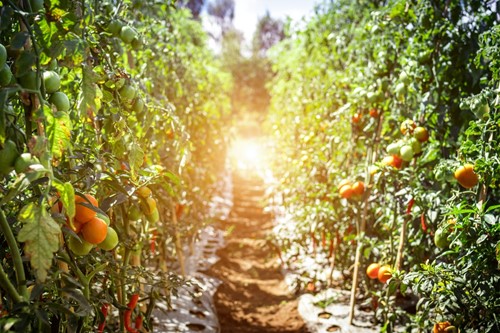
Companion planting is the practice of placing certain plants next to each other in your garden for various benefits. While some plants don’t play nicely together and should be planted far apart, others thrive in proximity with specific companion plants.
If you’re interested in taking your vegetable garden to the next level, here is some information about the benefits and applications of companion planting you should know:
Depending on the combination of plants, there can be multiple benefits to companion planting. Some primary benefits are:
While there are many beneficial combinations of companion plants to consider for your garden, there are also some plants you should keep away from each other.
Plants that attract the same kind of pest can leave both vulnerable to infestation. For example, tomatoes, eggplant, peppers and potatoes all have foliage hornworms love to eat. So, if you’re growing tomato plants, reconsider where you want them before planting near any of these other vegetable plants.
Another potential issue in companion planting is that some plants inhibit the growth of others by releasing certain chemical compounds into the soil. Fennel is one such plant, as are walnut and butternut trees.
It’s also important to follow planting guidelines for proper spacing. Making sure each plant has enough space to grow - both above ground and below - is paramount to a happy garden.
No matter what type of garden you have at home, knowing the basics of companion planting will benefit you and your plants.

Liz Hovenden; Broker Owner & Principal of Exceptional Properties has been a realtor through the evolution of the Real Estate industry for the past 27 years and has remained a staunch believer that no matter the brand name or the automation methods; the most important elements will always determine the success of any realtor; Personal Service, Product Knowledge, Marketing Savvy and above all Integrity.